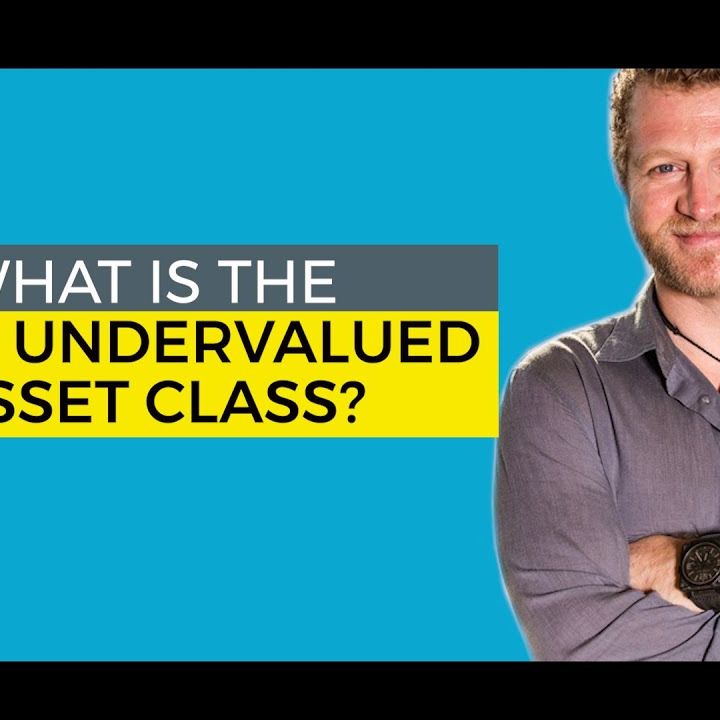Might tend to be small size investments, hence, accounting for a reasonably percentage of the equity (10-20-30%). Development Capital, likewise referred to as growth capital or growth equity, is another kind of PE investment, normally a minority investment, in fully grown companies which have a high development design. Under the expansion or growth stage, investments by Growth Equity are generally provided for the following: High valued transactions/deals.
Business that are likely to be more mature than VC-funded companies and can create adequate earnings or operating profits, however are not able to organize or create an affordable quantity of funds to finance their operations. Where the company is a well-run company, with tested organization models and a strong management group looking to continue driving business.
The primary source of returns for these financial investments will be the successful intro of the company's item or services. These investments come with a moderate type of threat - .
A leveraged buy-out ("LBO") is a method used by PE funds/firms where a company/unit/company's properties shall be acquired from the investors of the business with the use of financial utilize (borrowed fund). In layman's language, it is a transaction where a company is acquired by a PE firm using debt as the primary source of factor to consider.
In this investment technique, the capital is being offered to fully grown companies with a stable rate of revenues and some further growth or performance potential. The buy-out funds normally hold most of the company's AUM. The following are the factors why PE companies utilize so much utilize: When PE companies utilize any utilize (debt), the stated take advantage of quantity helps to improve the anticipated go back to the PE companies.
Through this, PE firms can accomplish a bigger return on equity ("ROI") and internal rate of return ("IRR") - . Based upon their monetary returns, the PE companies are compensated, and given that the compensation is based on their financial returns, making use of take advantage of in an LBO becomes reasonably essential to achieve their IRRs, which can be usually 20-30% or higher.

The amount of which is used to finance a deal differs according to several elements such tyler tysdal denver as monetary & conditions, history of the target, the determination of the lenders to supply debt to the LBOs financial sponsors and the business to be obtained, interests expenses and ability to cover that expense, etc
During this investment method, the investors themselves only require to supply a portion of capital for the acquisition - .
Lenders can guarantee themselves versus default by syndicating the loan by purchasing CDS and CDOs. CDSCredit Default Swap suggests a contract that enables a financier to swap or offset his credit risk with that of any other investor or financier. CDOs: Collateralized debt commitment which is usually backed by a swimming pool of loans and other assets, and are sold to institutional financiers.
It is a broad category where the financial investments are made into equity or debt securities of financially stressed out business. This is a type of financial investment where finance is being supplied to business that are experiencing monetary stress which might range from decreasing earnings to an unsound capital structure or an industrial risk ().
Mezzanine capital: Mezzanine Capital is referred to any preferred equity investment which normally represents the most junior part of a company's structure that is senior to the company's common equity. It is a tyler tysdal lone tree credit technique. This kind of financial investment strategy is typically used by PE investors when there is a requirement to decrease the amount of equity capital that will be needed to finance a leveraged buy-out or any major expansion tasks.

Genuine estate finance: Mezzanine capital is utilized by the designers in property finance to protect supplemental funding for a number of jobs in which mortgage or building and construction loan equity requirements are bigger than 10%. The PE realty funds tend to invest capital in the ownership of numerous real estate homes.
These property funds have the following strategies: The 'Core Strategy', where the investments are made in low-risk or low-return methods which usually occur with predictable money circulations. The 'Core Plus Technique', where the financial investments are made into moderate danger or moderate-return strategies in core residential or commercial properties that require some type of the value-added aspect.